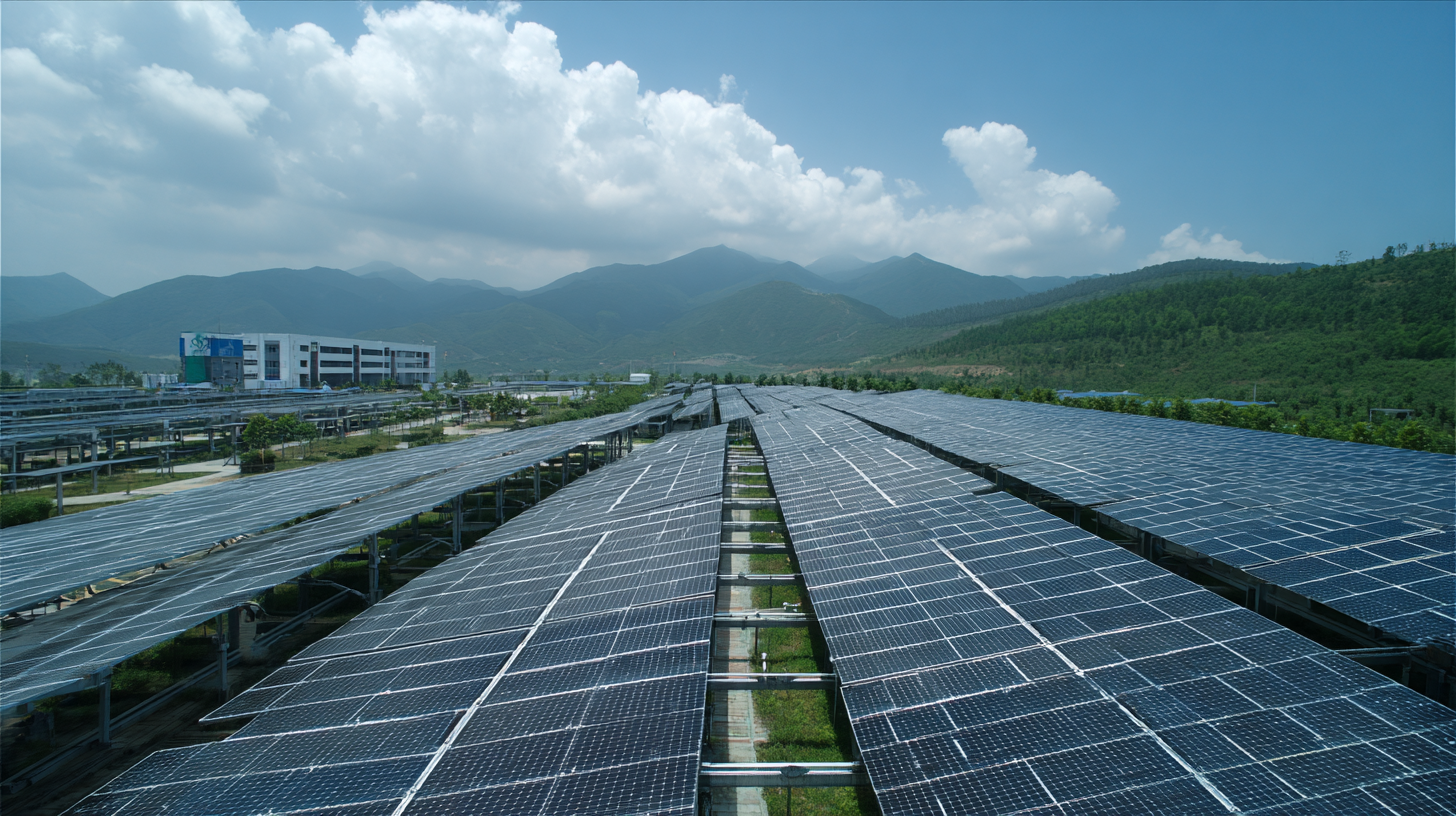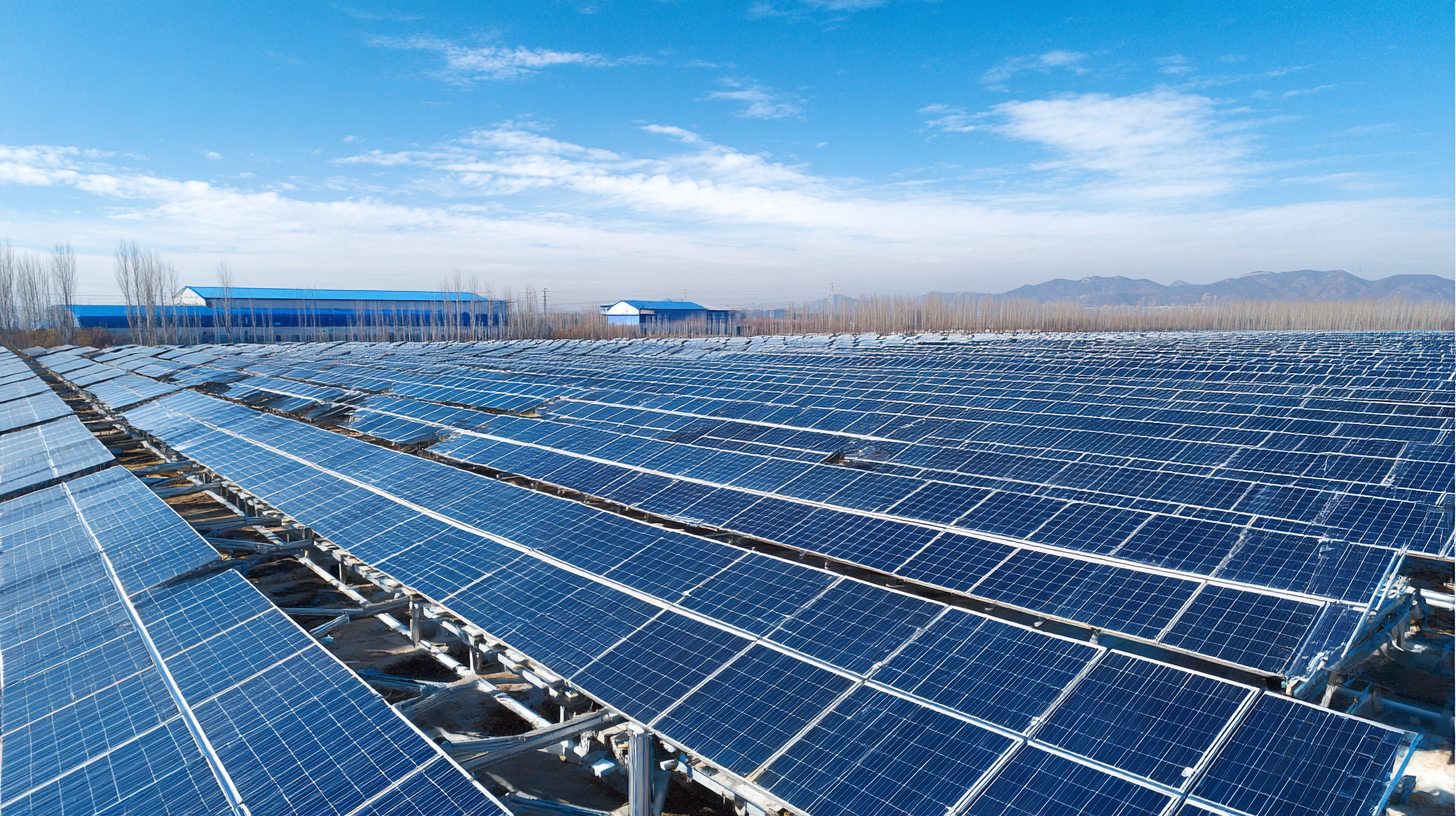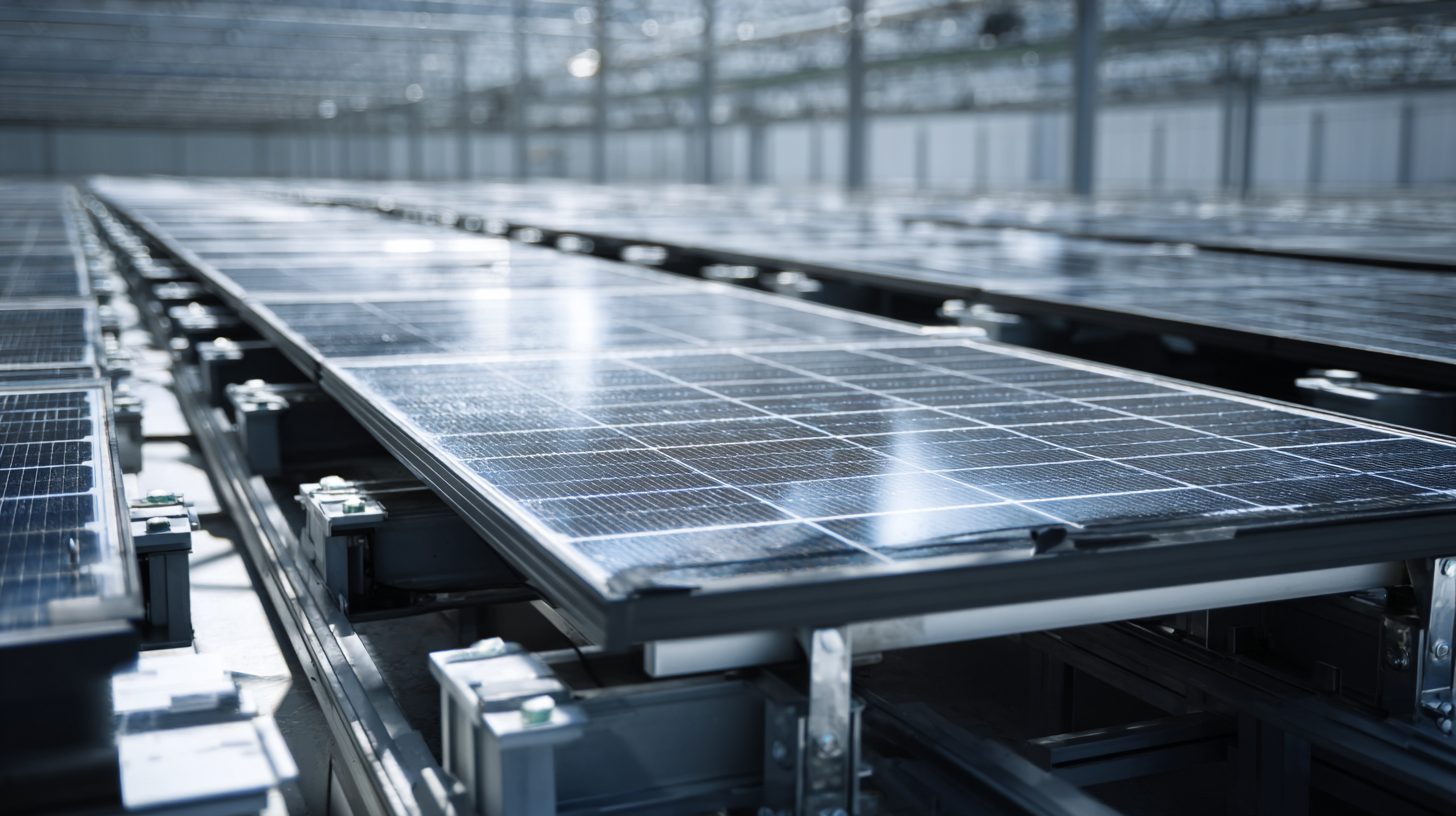
Blog
Uncover the Excellence of Best Solar Engineering from Chinas Leading Manufacturers
The global solar energy market is experiencing unprecedented growth, with the International Energy Agency (IEA) projecting that solar power could account for over over 25% of the world's electricity generation by 2025. In this rapidly evolving landscape, solar engineering has emerged as a critical field, driving innovation and efficiency in solar technologies.
 Chinese manufacturers are at the forefront of this transformation, leveraging their advanced engineering capabilities to produce cutting-edge solar solutions that meet the increasing global demand for renewable energy.
This blog will uncover the excellence of the best solar engineering practices from China's leading manufacturers, highlighting how their technological advancements and strategic approaches contribute to a sustainable and energy-efficient future. By examining their methodologies and successful case studies, we aim to provide insights into the evolving standards of solar engineering and the vital role these manufacturers play in the international market.
Chinese manufacturers are at the forefront of this transformation, leveraging their advanced engineering capabilities to produce cutting-edge solar solutions that meet the increasing global demand for renewable energy.
This blog will uncover the excellence of the best solar engineering practices from China's leading manufacturers, highlighting how their technological advancements and strategic approaches contribute to a sustainable and energy-efficient future. By examining their methodologies and successful case studies, we aim to provide insights into the evolving standards of solar engineering and the vital role these manufacturers play in the international market.
Understanding Solar Engineering: Key Concepts and Terminology
Solar engineering is a critical field that combines renewable technology and innovative design, aiming to harness the sun’s energy for a sustainable future. Key concepts in this domain include photovoltaic (PV) systems and solar thermal energy. According to a report by the International Energy Agency (IEA), solar power represents one of the fastest-growing renewable energy sources globally, with global installed solar PV capacity reaching 1,000 GW in 2020. This surge underscores the need for engineers who specialize in optimizing these technologies for efficiency and performance.
A vital term in solar engineering is "energy yield", which refers to the amount of electrical energy produced by a solar installation over time. Data from the National Renewable Energy Laboratory (NREL) indicates that well-designed PV systems can achieve energy yields exceeding 1,500 kWh/kW per year in optimal conditions. Additionally, the concept of "levelized cost of electricity" (LCOE) is essential for evaluating the economic viability of solar projects. Recent studies show that as technology advances and production costs decline, the LCOE for solar energy has fallen by approximately 88% since 2010, making it increasingly competitive with conventional energy sources. Understanding these concepts is imperative for leveraging the full potential of solar engineering in modern energy strategies.
Top Chinese Manufacturers Leading the Solar Engineering Industry
The rapid evolution of solar energy solutions has been propelled significantly by top Chinese manufacturers, who are leading the global solar engineering industry. According to a report by the International Renewable Energy Agency (IRENA), China accounted for over 70% of the global photovoltaic (PV) production in 2022, solidifying its dominance in the renewable energy sector. The country's commitment to solar technology innovation is evident as companies continually invest in research and development, resulting in increased efficiency and reduced costs of solar panels.
Leading Chinese manufacturers such as LONGi Green Energy, JA Solar, and Trina Solar are at the forefront of this transformation, pushing the boundaries of solar engineering. For instance, LONGi has developed monocrystalline solar cells with efficiencies exceeding 26%, a remarkable feat that illustrates their commitment to technological advancement. Furthermore, according to BloombergNEF, China's investment in solar projects is projected to reach $1 trillion by 2030, underscoring the nation's pivotal role in shaping the future of global solar energy markets. Through their expertise and innovative approaches, these manufacturers are not only enhancing energy generation capacity but also contributing to international sustainability goals.
Uncover the Excellence of Best Solar Engineering from China's Leading Manufacturers - Top Chinese Manufacturers Leading the Solar Engineering Industry
| Manufacturer Type | Annual Production Capacity (MW) | Key Technology Used | Industry Certifications | Global Market Reach |
|---|---|---|---|---|
| Solar Panel Manufacturer | 5000 | Monocrystalline | ISO 9001, CE | North America, Europe, Asia |
| Solar Inverter Manufacturer | 3000 | String Inverters | UL, IEC 62109 | Global |
| Energy Storage Systems | 1000 | Lithium-ion | IEC 62619, UL 1973 | Asia, Europe |
| Solar Tracking System Provider | 200 | Single Axis Tracking | TUV, CE | South America, Africa |
Innovative Technologies Transforming Solar Engineering Solutions
In the realm of solar engineering, innovation plays a pivotal role in transforming the landscape of sustainable energy solutions. Recent breakthroughs in photovoltaic technology highlight a commitment to enhancing efficiency and adaptability. The evolution from ancient techniques to modern solar systems emphasizes a revolutionary shift; today’s complex solar installations cater to both residential and industrial demands. For instance, a significant milestone has been reached with over 55 GW of solar energy solutions implemented globally, showcasing the accelerated adoption of renewable technologies. This exponential growth underscores the importance of advanced engineering approaches in meeting energy needs sustainably.
Moreover, emerging solutions such as grid-tied residential systems enrich the market by providing user-centric energy options that are both efficient and reliable. These advancements not only address local energy demands but also contribute to global carbon neutrality efforts. Innovative technologies, including solar tracking systems, are gaining bankability and technological endorsement, marking a new era in solar energy deployment. As the industry gathers momentum, events like the Solar & Storage Expo serve as crucial platforms for showcasing these pioneering technologies, fostering collaboration, and driving the constant evolution of solar engineering solutions.
Innovative Technologies in Solar Engineering Solutions
Quality Assurance and Certifications in Solar Energy Products
In the realm of solar energy, quality assurance and certifications are paramount. China's leading solar manufacturers have made significant strides in ensuring that their products not only meet but exceed international safety and performance standards. By adhering to rigorous quality control processes, these manufacturers are able to provide solar panels, inverters, and other components that promise durability and efficiency. Certifications such as ISO 9001 for quality management systems and TUV Rheinland for product safety are essential indicators of a company’s commitment to excellence in solar engineering.
Moreover, the importance of certifications extends beyond compliance; they instill confidence among consumers and investors alike. The growing demand for renewable energy solutions necessitates transparency and trustworthiness in the products available in the market. With reputable Chinese manufacturers obtaining certifications from well-respected organizations, customers can be assured that their solar energy investments will yield long-term benefits. This focus on quality assurance not only enhances the reputation of Chinese solar manufacturers but also positions them as leaders in the global renewable energy sector.

Future Trends and Developments in China's Solar Engineering Landscape
The solar engineering landscape in China is undergoing significant transformation, driven by rapid technological advancements and a strong commitment to sustainable energy. As the world's largest producer of solar panels, China is not only enhancing the efficiency of solar technology but also diversifying its applications. Innovations in photovoltaic materials, such as bifacial solar panels and perovskite cells, are setting new benchmarks for performance and cost-effectiveness. This evolution is supported by government initiatives aimed at boosting domestic production and reducing carbon emissions.

Furthermore, the future trends in solar engineering are leaning towards smarter integration with digital technologies. The rise of smart grids and energy management systems enables better optimization of solar energy usage, ensuring that renewable energy sources are more effectively harnessed and distributed. Additionally, advancements in storage technologies, such as battery systems, are enhancing the reliability of solar energy, allowing it to be utilized even when the sun isn't shining. As these developments unfold, China's leadership in solar engineering not only shapes its own energy future but also influences global renewable energy strategies.